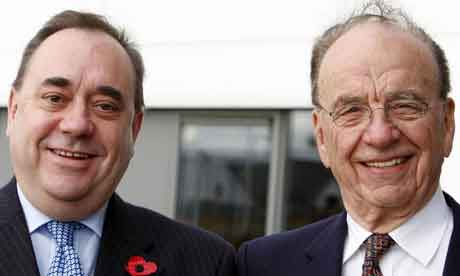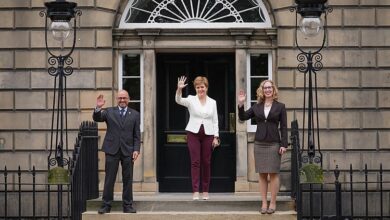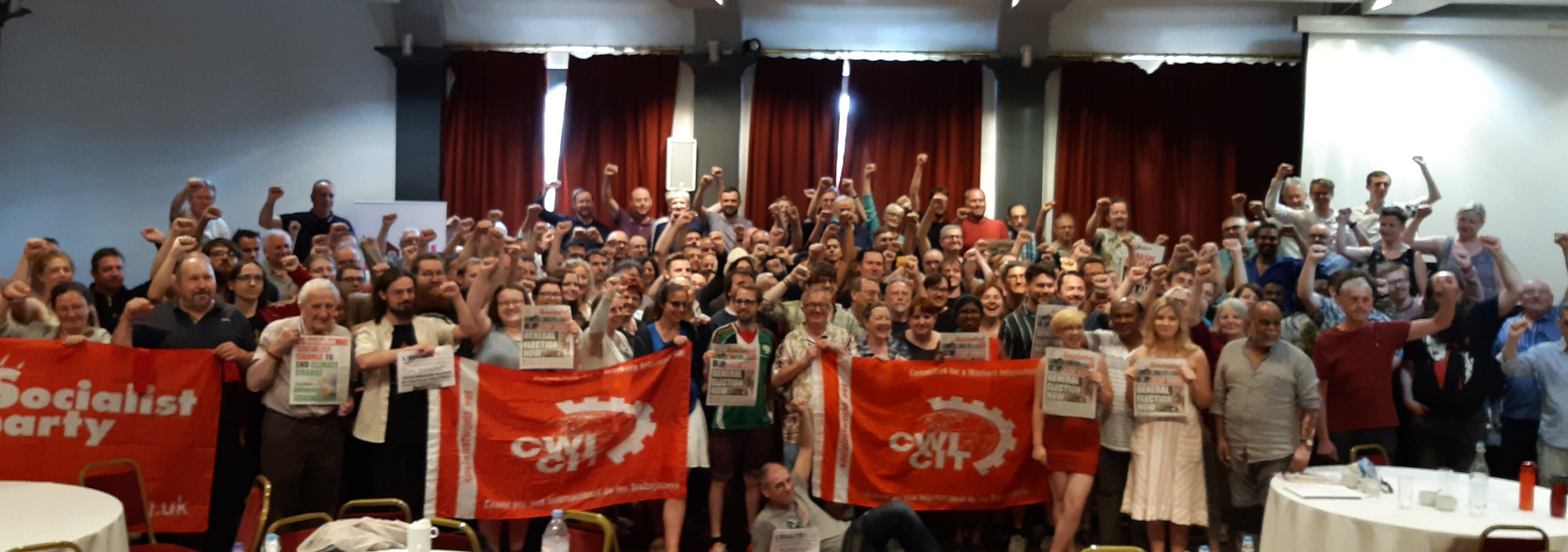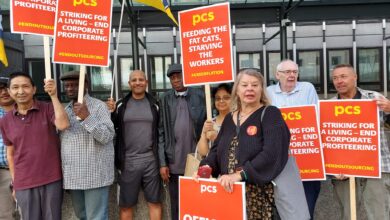SNP leadership make a sharp turn to the right

“As the months have passed and the notion of independence has been boiled down to a tepid soup – new name, same taste, I’ve been anticipating this moment. I’ve done my best to work out how Scotland can be independent, in any sense, under the Crown and within the Sterling area. But Nato is another matter. Nato membership is submission to a doctrine and the doctrine is criminal.” Ian Bell, Sunday Herald 12/8/2012
As the 2014 independence referendum approaches the SNP leadership have been making strenuous efforts to redefine their vision of “independence”
The crisis engulfing the Euro zone put paid to a long-held SNP policy of joining the euro after independence. Now the proposal from Salmond and Swinney is for an independent Scotland to join a Sterling zone – with interest rate policy decided by the Bank of England in London.
This was summed up by Alex Salmond when he commented; “We will share a currency, we will share a monarch we will have a social union” Alex Salmond 22nd January 2012.
But it’s clear the SNP’s social union would not be a progressive one – but rather an arrangement that left the interests of multi-national capitalism untouched.
“We will provide a secure, stable and inclusive society. And by doing so we will encourage talent and ambition. Doing this has required some difficult decisions – such as major efficiency savings and a freeze in public sector pay. But those are easier to implement if your policies clearly have fairness at their heart.” SNP statement www.snp.org
What is fair about cutting the wages of low paid workers while wining and dining the bankers who precipitated the crisis in the first place? How to do you encourage “talent and ambition” by axing thousands of college places for young people and carrying billions of pounds of ConDem cuts as the SNP government have done?
The SNP leadership openly support the slashing of corporation tax for big business in an independent Scotland. They propose a full 3% lower rate than even the current Con-Dem coalition. Alex Salmond has also opposed any extra taxes on the multi-billion pound oil industry – never mind his extreme hostility to the calls for oil and gas resources to be nationalised in an independent Scotland.
NATO
In July 2012 the SNP’s defence spokesperson, Angus Robertson, announced a plan for an independent Scotland to apply to join Nato – as long as Scotland is allowed to remove Trident from the Clyde.
SNP members have long regarded the policy of refusing to join the nuclear club, under whose banner the Afghanistan invasion and occupation was conducted (which the SNP supported), as a defining policy.
This Nato policy shift, backed by Salmond, will go to the SNP conference in the autumn.
For the first time in years there is the some opposition to the SNP leadership to this policy change.
A number of SNP MSPs and party members, including the SNP youth wing, have tabled an amendment opposing this move on Nato.
For some SNP members and certainly for many of the one million people who currently back independence, it’s the fundamental issues of lack of jobs, low pay and cuts to living standards that are the driving force for the overwhelming demands in Scotland for decisive constitutional change.
The SNP leadership’s plans would be unable to deliver that fundamental change.
In fact it’s becoming clearer by the day that the SNP leadership are being driven by a desire to emphasise a continuation of the capitalist status quo, including austerity – albeit at a slower pace than the Con-Dem coalition.
While supporting a Yes vote in the referendum Socialist Party Scotland will also campaign for an independent socialist Scotland as the only viable solution to the burning issues facing the working class and young people.
An independent socialist Scotland that would link up with England, Wales and Ireland as part of a democratic socialist confederation as a step to a socialist Europe.



